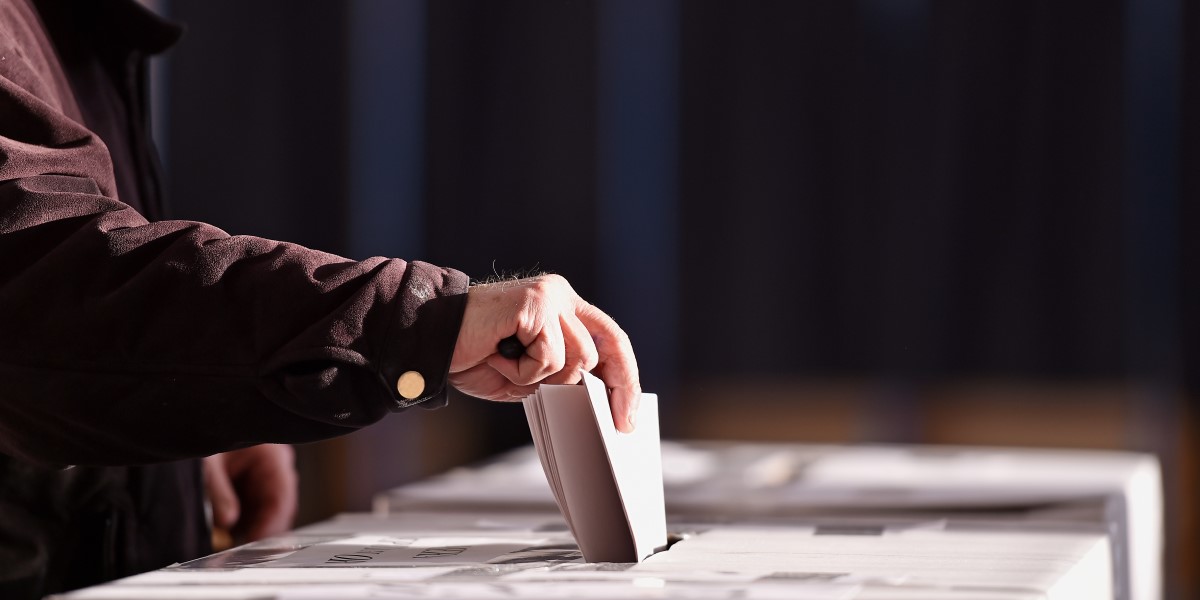Both major parties have taken a position on ensuring that more renters can consider buying their own home and benefit from the security of home ownership. However, where the Liberals are squarely focussed on maintaining this agenda, Labour are positioning themselves as the champions of social and affordable housing. Despite the policies of both major parties, one thing is undeniable – the cost of living is steadily on the rise in Australia and worldwide. Disruptors occurring in the wider world and natural disasters closer to home have played into this increase, with economists predicting expenses continuing to rise. The latest February data released from the Australian Bureau of Statistics shows that monthly household spending has increased 7.7%, compared to the same time last year. This means that for consumers, the hunger to invest in property might be there but it might simply come down to housing affordability and their access to financial support- both of which are on offer from the major parties. From the 21st of May, we will see where the results of the election will lead.





